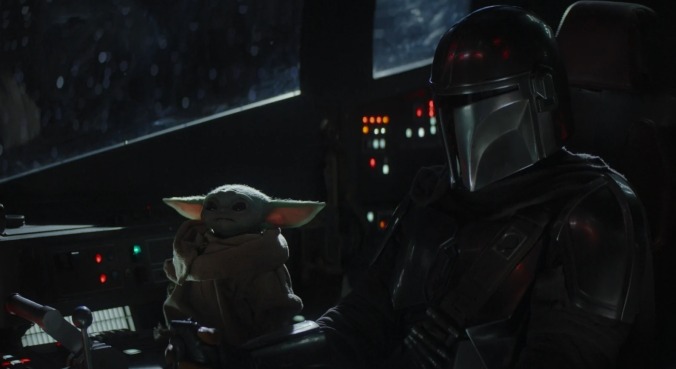Fun-spoiling scientists weigh in on the biology of Baby Yoda


Baby Yoda—you love him, we love him, Elisabeth Moss loves him. So what more is there to really say except vague, childlike squealing noises whenever he shows up? Ever since “The Child” arrived at the end of The Mandalorian’s first episode, the internet has been absolutely smitten with the little guy. And, well, c’mon, just look at him! With his wrinkly fuzz-face and big eyes and, oh dear, look he’s got a lil’ space frog in his mouth!
Of course, we knew it wouldn’t be long before someone decided to “go there” with our new, wholesome meme (a rarity these days). But man, did Popular Mechanics really go there with this one, a sprawling “Well, actually, Baby Yoda only sort of makes biological sense, when you really think about it” essay.
The piece lays out the logistics of how, hypothetically, a Baby Yoda might develop both mentally and physiologically, and whether or not it’s plausible in a universe where people measure distance in parsecs, fight with laser swords, and still believe in the efficacy of a representative republic form of governance.
Honestly, though, the Popular Mechanics story is a fun read, and pretty ingenious in that it lures readers in with the season’s hottest meme, only to learn you a thing or two about how various species age, mature, and compare with our own human development. “We’ve all been Baby Yoda at some point in our cognitive development—stunned by what we just did, and then immediately ready for a long nap,” they write, which, you know what? Fair.
And know what else? Turns out that Baby Yoda’s age relative to his life span pretty much tracks with how far along he’d be in his mental and physical faculties, according to various experts. So you can keep fawning over him, knowing that the real nerds have rendered their judgment.
Send Great Job, Internet tips to [email protected]